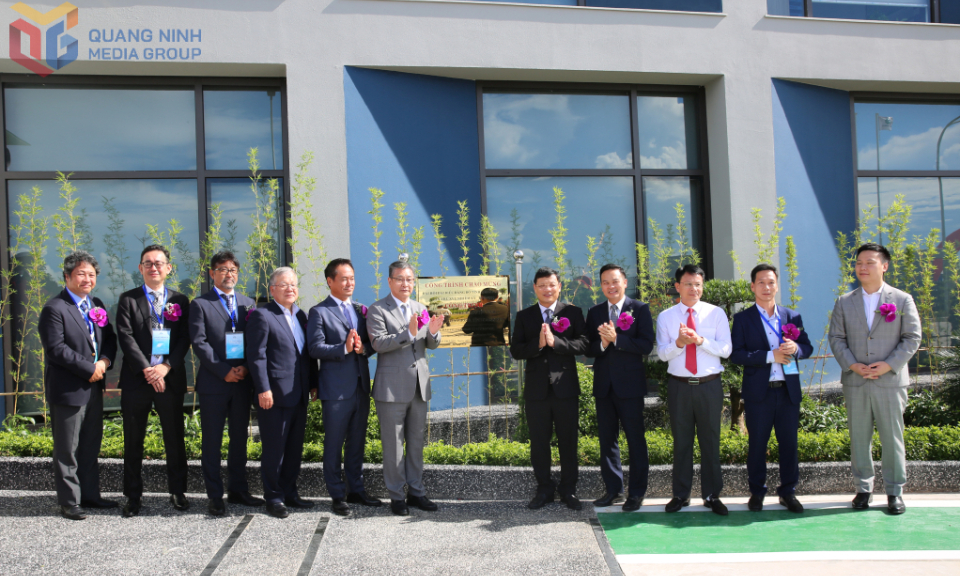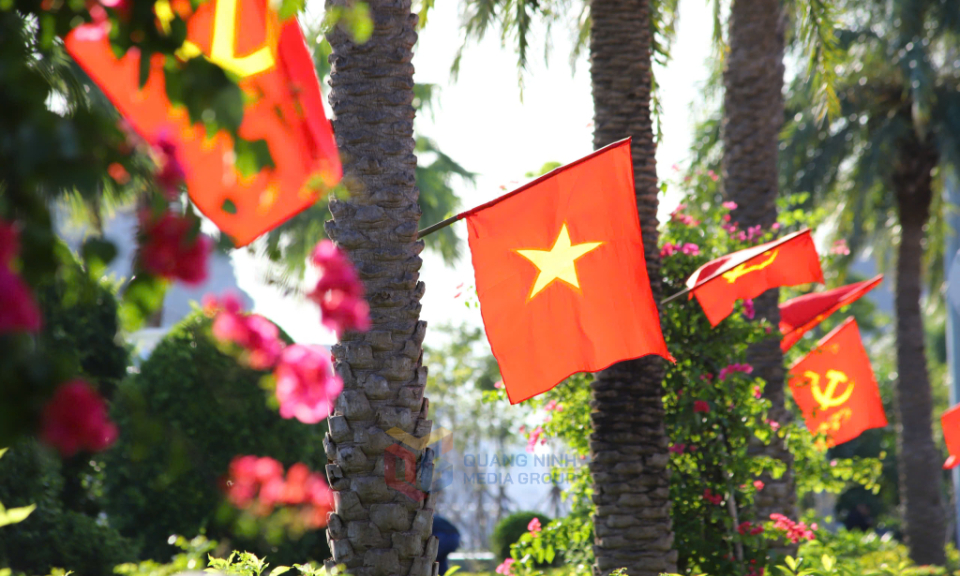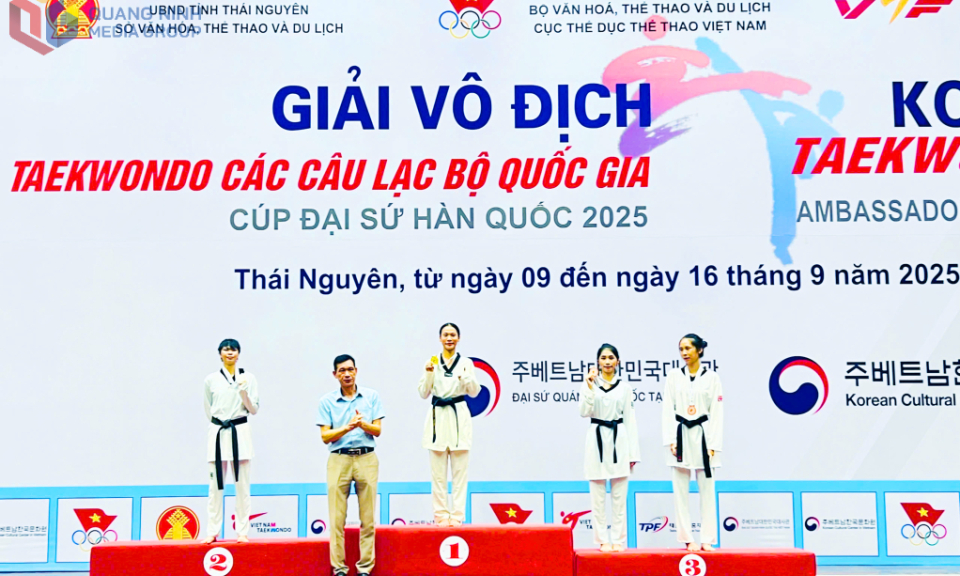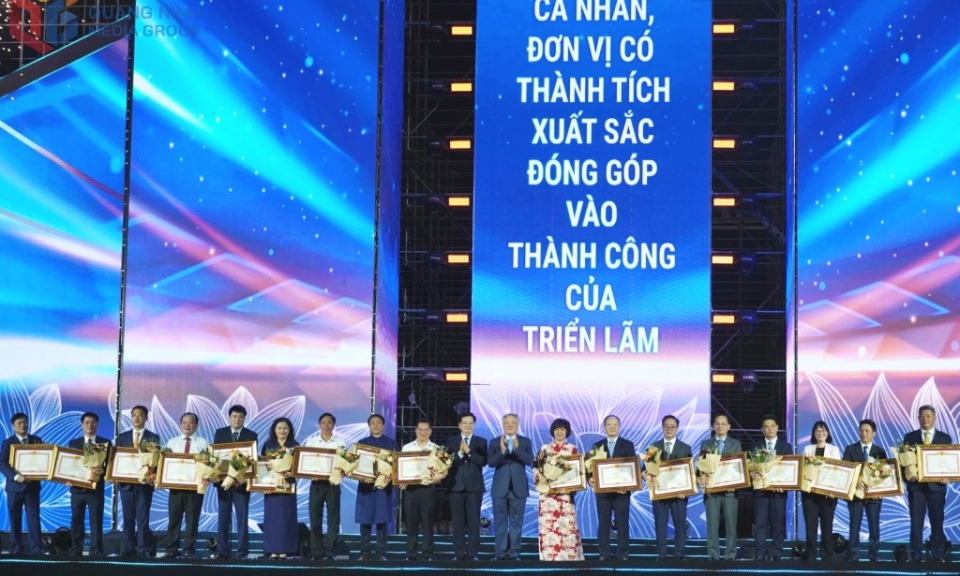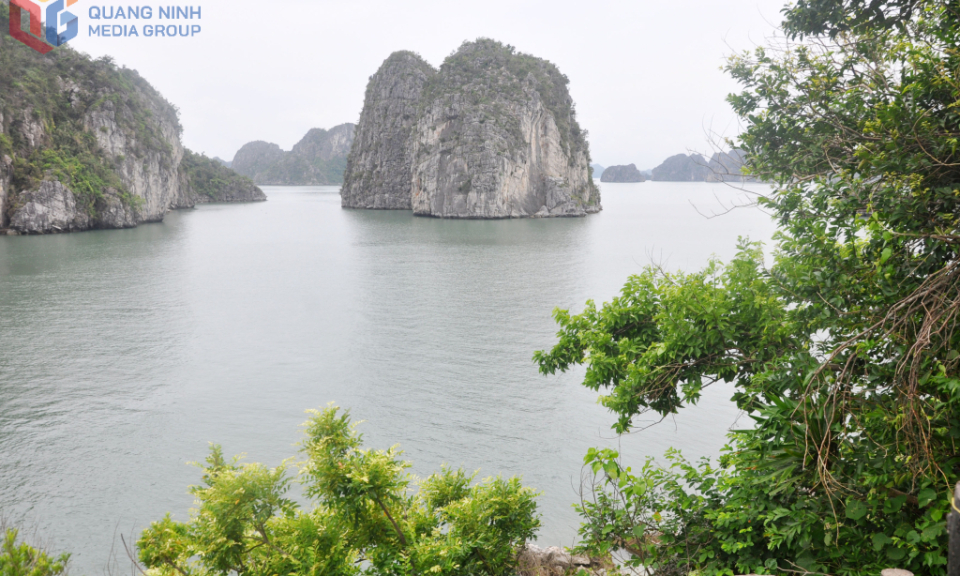Yen Tu-Vinh Nghiem-Con Son, Kiep Bac Complex officially inscribed as UNESCO World Heritage Site
At exactly 13:02 (Paris time), or 18:02 (Vietnam time), on July 12, 2025, Professor Nikolay Nenov of Bulgaria, Chair of the session, officially announced the inscription of the Yen Tu-Vinh Nghiem-Con Son, Kiep Bac Complex of Monuments and Scenic Landscapes (spanning Quang Ninh, Bac Ninh provinces and Hai Phong City) as a World Cultural Heritage Site during the 47th session of the UNESCO World Heritage Committee held from July 6 to 16 in Paris, France.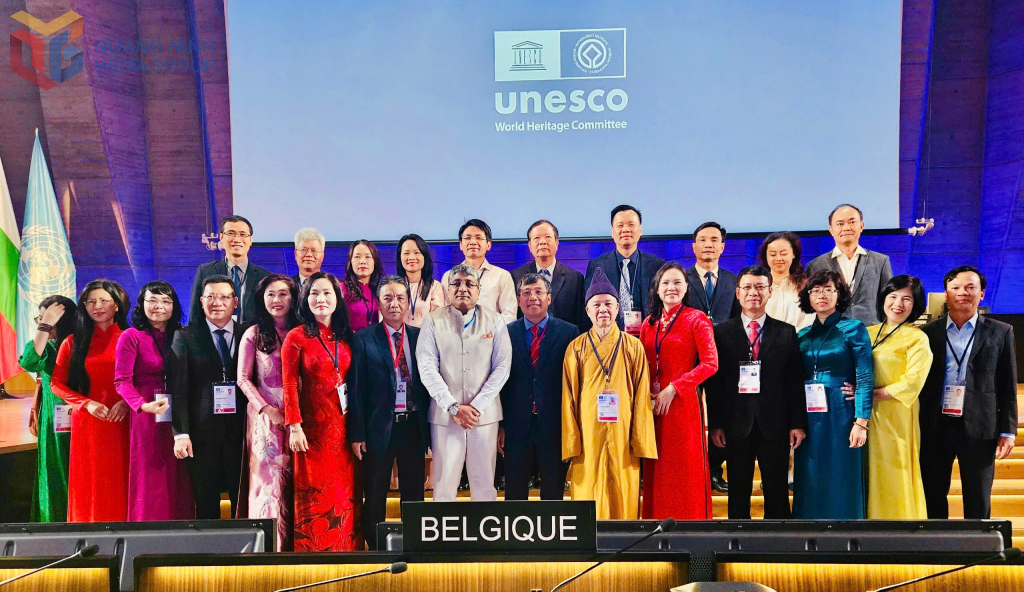
This historic recognition marks Vietnam’s 9th World Heritage Site and its second inter-provincial World Heritage inscription, following the Ha Long Bay-Cat Ba Archipelago site. The designation not only affirms the exceptional universal value of the complex but also opens new horizons for sustainable cultural tourism and heritage conservation.
A legacy rooted in Truc Lam Zen Buddhism
At the heart of the complex is Truc Lam Zen Buddhism, a uniquely Vietnamese Buddhist tradition established in the 13th century under the Tran Dynasty, most notably by King-Monk Tran Nhan Tong. The Truc Lam tradition represents a tolerant and humanistic spiritual philosophy, integrating Mahayana Buddhism with Confucian ethics, Taoist cosmology, and indigenous Vietnamese beliefs. It is a living testament to the Vietnamese spirit of harmony between state, faith, and people.
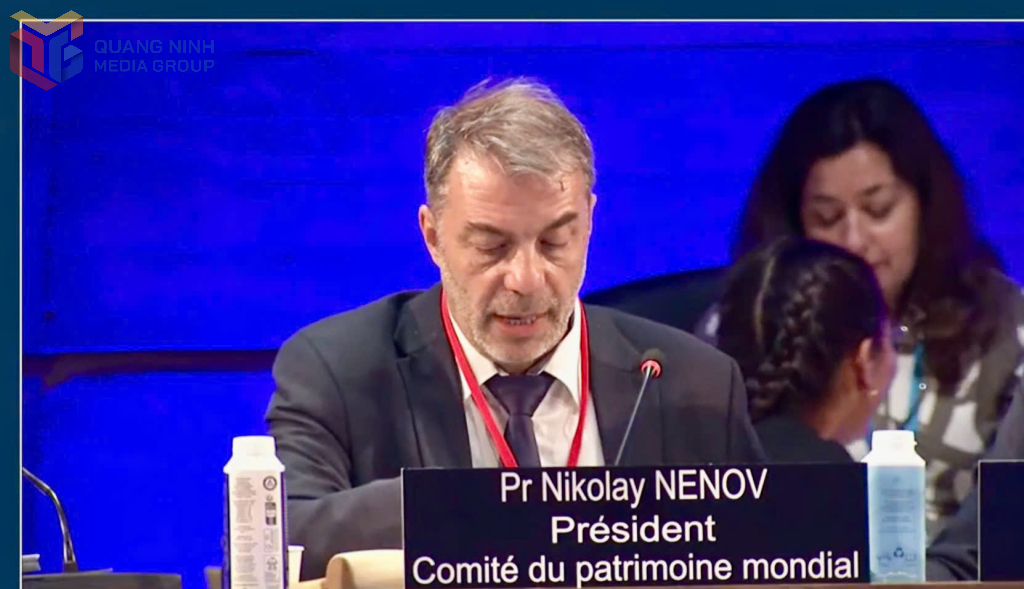
Originating from the sacred Yen Tu Mountains, the Truc Lam doctrine has inspired values of compassion, reconciliation, peace, and coexistence with nature, all of which deeply resonate with UNESCO’s core missions in education, culture, and the promotion of a peaceful, inclusive world.
Across a vast cultural landscape, from Yen Tu to Vinh Nghiem and Con Son - Kiep Bac, the heritage site encompasses temples, shrines, steles, ancient texts, pilgrimage routes, and architectural relics, all of which illustrate the birth, institutionalization, revival, and continued transmission of Truc Lam Buddhism through the centuries. These sacred sites remain vital spiritual and cultural centers, welcoming millions of pilgrims and visitors annually.
Recognized for outstanding universal value: Criteria (iii) and (vi)
According to Criterion (iii), the heritage complex exemplifies a harmonious integration of governance, religion, and community, originating in the mountainous homeland of Yen Tu. This gave rise to a distinctive cultural tradition with global significance, shaping national identity and fostering peace and regional understanding. It stands as a rare and remarkable testimony to Truc Lam Zen Buddhism, a Vietnamese spiritual movement founded by enlightened monarchs, particularly King Tran Nhan Tong, the only known ruler in Asian history to voluntarily abdicate the throne to pursue the monastic path.
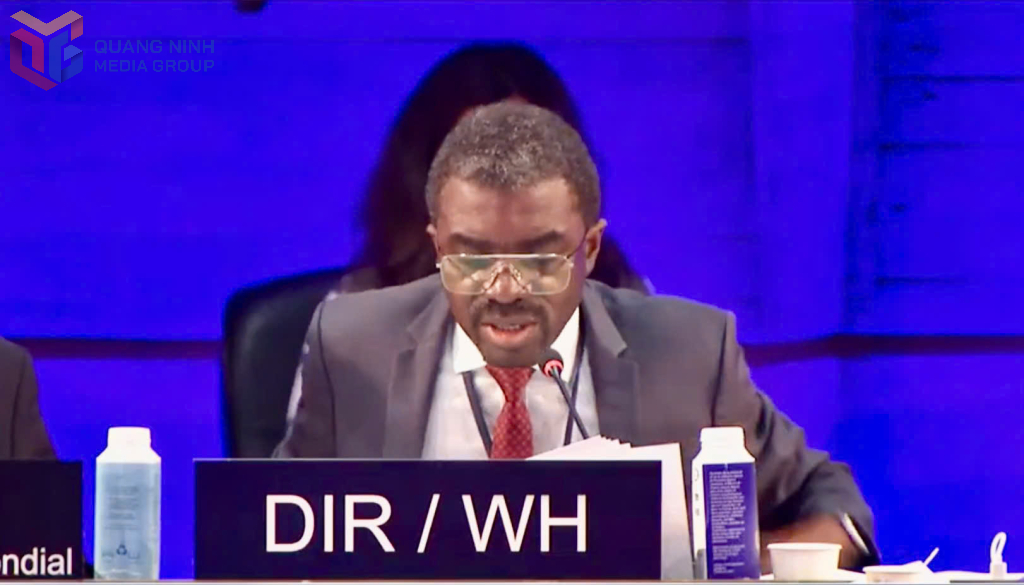
Truc Lam Buddhism synthesized Mahayana teachings with Confucianism, Taoism, and native customs, forming a spiritual and philosophical identity deeply rooted in Vietnamese values. It provided a moral foundation for the rise of Dai Viet as an independent, resilient nation and continues to inspire intercultural dialogue and peaceful coexistence.
Under Criterion (vi), Truc Lam Buddhism demonstrates how a spiritual philosophy, born from a convergence of faiths and nurtured in the sacred landscape of Yen Tu, influenced secular society, helped build a strong, peaceful nation, and fostered regional cooperation. Its ongoing legacy is reflected in the enduring practice of pilgrimage, rituals, festivals, and transnational Buddhist exchanges, confirming its sustainable global relevance.
With 12 selected clusters and monuments from the ancient temples and pagodas of Yen Tu to the sacred grounds of Vinh Nghiem and Con Son - Kiep Bac, the site reflects the full evolution of Truc Lam Zen: from spiritual foundation and architectural expression to ritual practice, documentation, and living heritage.
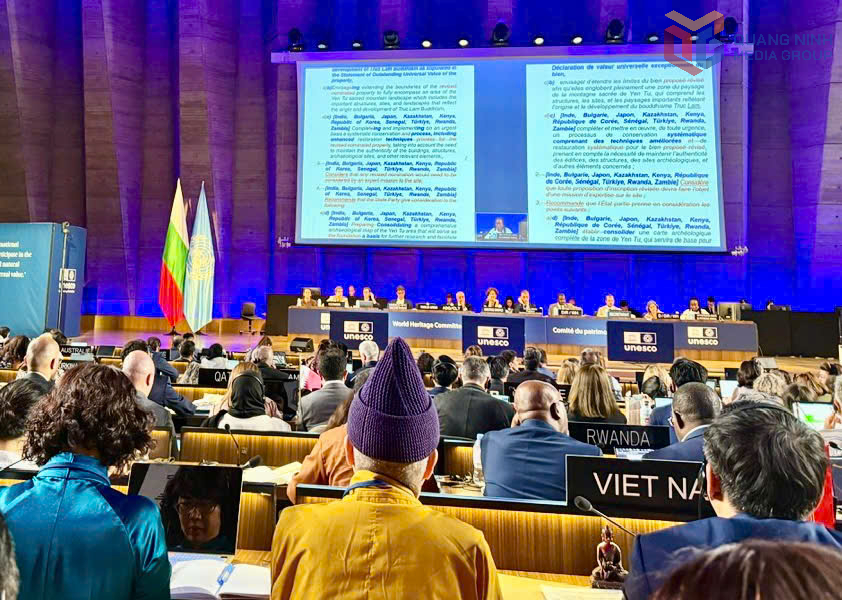
A heritage of sacred space and national identity
The newly recognized site encompasses nationally designated heritage zones such as the Yen Tu Complex, Tran Dynasty Sites in Dong Trieu, Vinh Nghiem and Bo Da Pagodas, the Con Son-Kiep Bac Complex, and the An Phu - Kinh Chu - Nham Duong landscape. It includes sacred artifacts, national treasures, intangible cultural heritage, traditional festivals, and an expansive mountain–river ecosystem that will be safeguarded under Vietnam’s Heritage Law and the 1972 UNESCO World Heritage Convention.
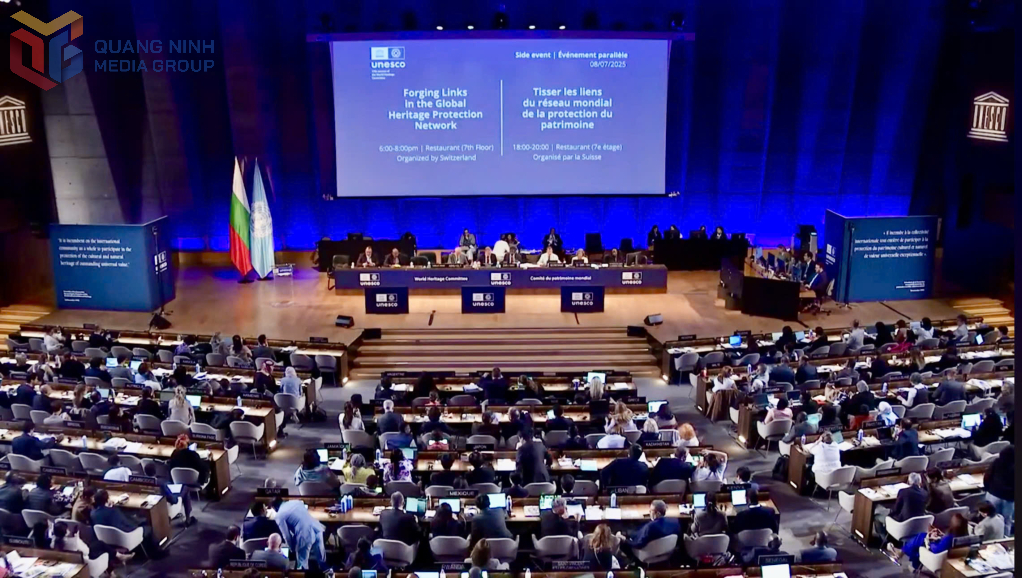
Speaking at the UNESCO session, Ms. Nguyen Thi Hanh, Vice Chairwoman of the Quang Ninh Provincial People’s Committee and Head of the Heritage Dossier Steering Committee, expressed her pride in the dossier’s recognition. “The inscription is the result of years of meticulous and coordinated effort. Quang Ninh will continue implementing strategic plans to conserve and promote the heritage’s values in a sustainable and inclusive manner,” she stated. The moment of inscription, she added, is a source of immense pride not only for Quang Ninh, Bac Ninh, and Hai Phong, but for the entire Vietnamese people.
This is Vietnam’s first serial heritage site and only its second inter-provincial World Heritage property.
A milestone of collaboration and commitment
Delivering official remarks at the session, Deputy Minister of Foreign Affairs Nguyen Minh Vu and Deputy Minister of Culture, Sports and Tourism Dr. Hoang Dao Cuong emphasized that this achievement reflects years of investment, restoration, and research efforts by national and local authorities. Through heritage conservation projects, community engagement, and cross-sector collaboration, the site has been protected, documented, and positioned to contribute to both cultural sustainability and local livelihoods.
They also noted that Vietnam has adopted strong policy frameworks for heritage management. On November 23, 2024, the National Assembly passed the revised Law on Cultural Heritage, which incorporates UNESCO’s principles of sustainable development. The law provides clear guidelines on heritage impact assessment, site management planning, and the integration of tangible and intangible heritage in service of local communities.
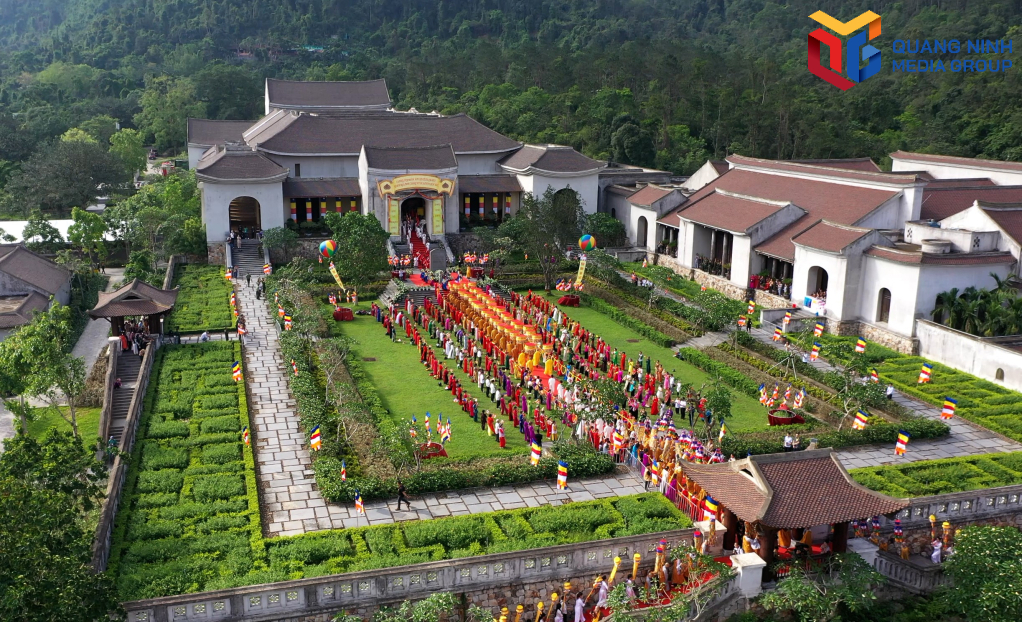
This inscription reflects not only the enduring value of the heritage, but also the effectiveness of Vietnam’s heritage diplomacy and collaborative mechanisms involving the Ministry of Culture, Sports and Tourism, Ministry of Foreign Affairs, National Heritage Council, Vietnam Buddhist Sangha, scholars, scientists, and local governments.
The successful nomination also benefited greatly from the active role of the Vietnam National Commission for UNESCO, the Permanent Delegation of Vietnam to UNESCO in Paris, and the UNESCO Office in Vietnam. Throughout the dossier review and evaluation process, these bodies closely coordinated with UNESCO’s advisory organizations, ICOMOS and IUCN, and engaged 21 member states of the World Heritage Committee in securing broad support.
Most importantly, this inscription reflects the high-level leadership and guidance of Vietnam’s Party and State, particularly Party General Secretary To Lam, Prime Minister Pham Minh Chinh, and senior cabinet leaders whose vision ensured that the values of this sacred legacy will now be preserved as part of humanity’s shared cultural heritage.


